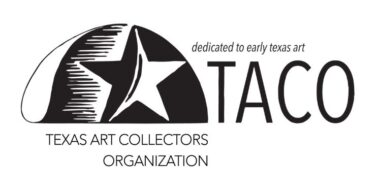Hard Times Come Again No More: Depression Era Photography
All day the dust sifted down from the sky, and the next day it sifted down. An even blanket covered the earth. It settled on the corn, piled up on the tops of the fence posts, piled up on the wires; it settled on roofs, blanketed the weeds and trees. The people came out of their houses and smelled the hot stinging air and covered their noses from it. And the children came out of the houses, but they did not run or shout as they would have done after a rain. Men stood by their fences and looked at the ruined corn, drying fast now, only a little green showing through the film of dust. The men were silent, and they did not move often. And the women came out of the houses to stand beside their men – to feel whether this time the men would break.
– John Steinbeck, The Grapes of Wrath, chapter 1, 1939

This exhibition features iconic, original photographs of the people and places of the Dust Bowl era on loan from the collection of the Amarillo Museum of Art. The unflinching images record the undeniable devastation of approximately 100,000,000 acres of land that rendered enormous stretches of Texas, Oklahoma, New Mexico, Colorado, and Kansas uninhabitable and the resulting displaced people. With their farmland and crops ruined, the farmers who lived on America’s plains were forced to abandon their homesteads and migrate to California and neighboring states where they found safety from the dust storms but were often reduced to itinerant, wandering laborers searching for subsistence wages.
Photographers Dorothea Lange, Walker Evans, Russell Lee, Marion Post Wolcott, Ben Shahn, Jack Delano, John Vachon, Arthur Rothstein and others were hired by the Farm Security Administration (FSA) to document the people and places impacted by the Dust Bowl and the Great Depression. The resulting photographs featured in popular publications Fortune, Look and Life brought national attention to the tragic circumstances that affected thousands of Americans. Author John Steinbeck chronicled the drought that laid waste to the American prairie during the mid-1930s in his novels The Grapes of Wrath and Of Mice and Men. The Dust Bowl Ballads of Woody Guthrie are legendary. The Academy Award-winning film, The Grapes of Wrath, released in 1940 was intentionally filmed in the stark, black-and-white style of the FSA photographs that have become synonymous with the era.
American Regionalist artists such as Thomas Hart Benton and Grant Wood, worked in a variety of media producing iconic images documenting the period. Notably, Texas Regionalism was originated by a group of local artists, many of whom were born in poverty in rural Texas towns at the turn of the century, who created an art movement of paintings and prints as authentic as the FSA photographs by responding to their personal experiences of the 1930s and 1940s. The juxtaposition of the FSA photographs and the paintings in the adjacent galleries from the same time period by Texas Regionalists Charles Taylor Bowling, Jerry Bywaters, Otis Dozier, Thomas Stell, Jr., Everett Spruce, William Lester, John Douglass, Harry Carnohan, and Florence McClung reveals the genesis of Texas Regionalism and the power of art to create enduring images that continue to define an important chapter in American history.










